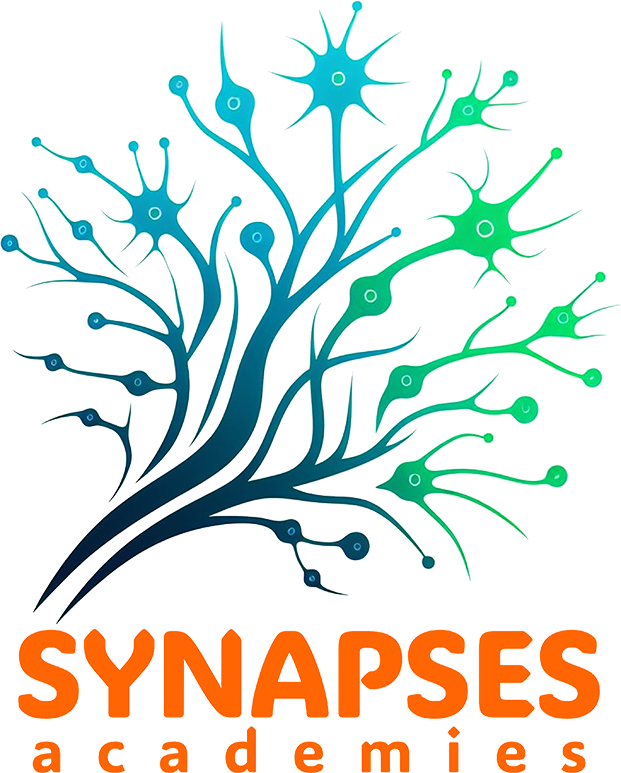SYNAPSES Evaluated Resources
On this page you can find all resources that have been identified and evaluated by the SYNAPSES consortium. Are you looking for resources specifically for you? Use the filtering system on the left.
For a description of the Aims and Learning Outomes (LO) refer to this page.
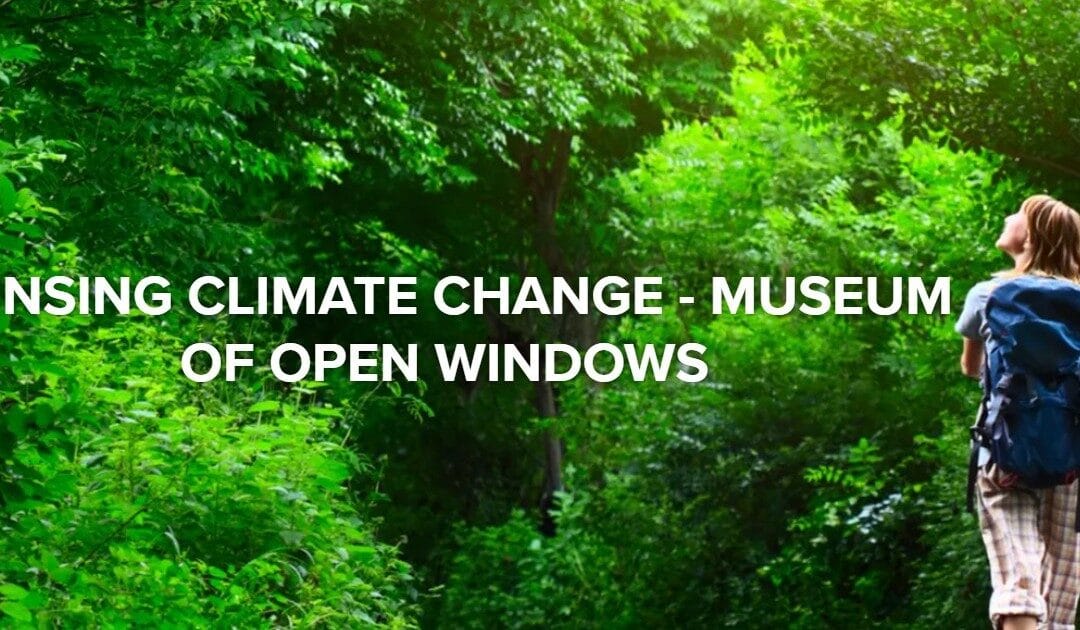
Museum of Open Windows
Museum of Open Windows podcast guides students through their local environment, encouraging them to engage directly with the ecosystem to identify signs of climate change. Photos, sound recordings and videos of their discoveries will create a local exhibition on the impact of climate change.
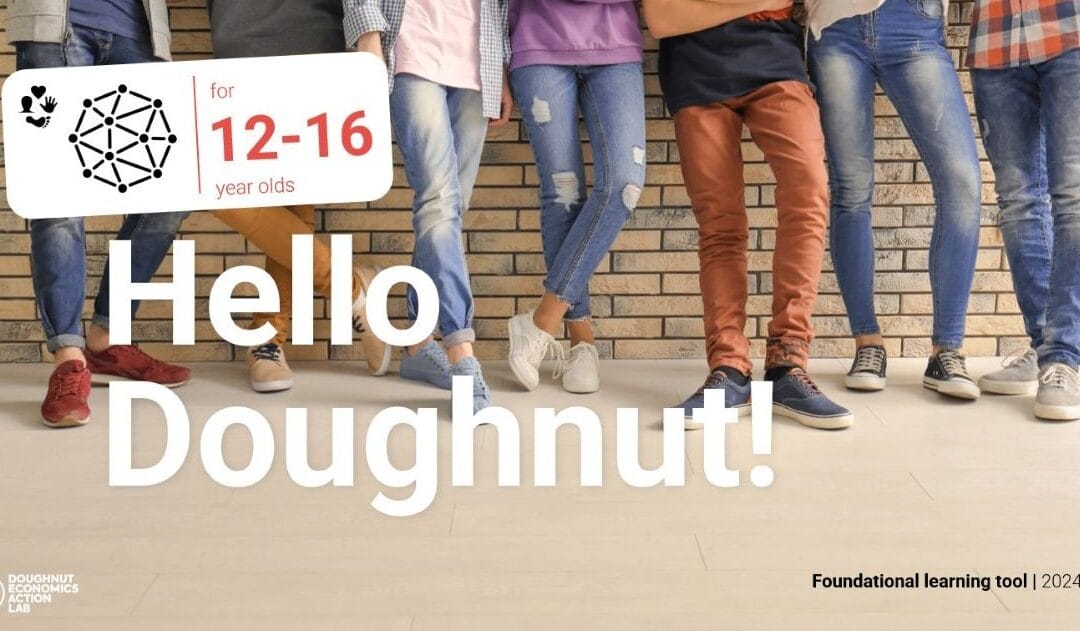
Hello Doughnut
‘Hello Doughnut’ is a comprehensive series of resources for educators to help bring the foundational ideas, practices, and principles of Doughnut Economics into learning spaces. It pays attention to the cognitive, affective and psychomotor domains of learning in local contextualised learning environments.
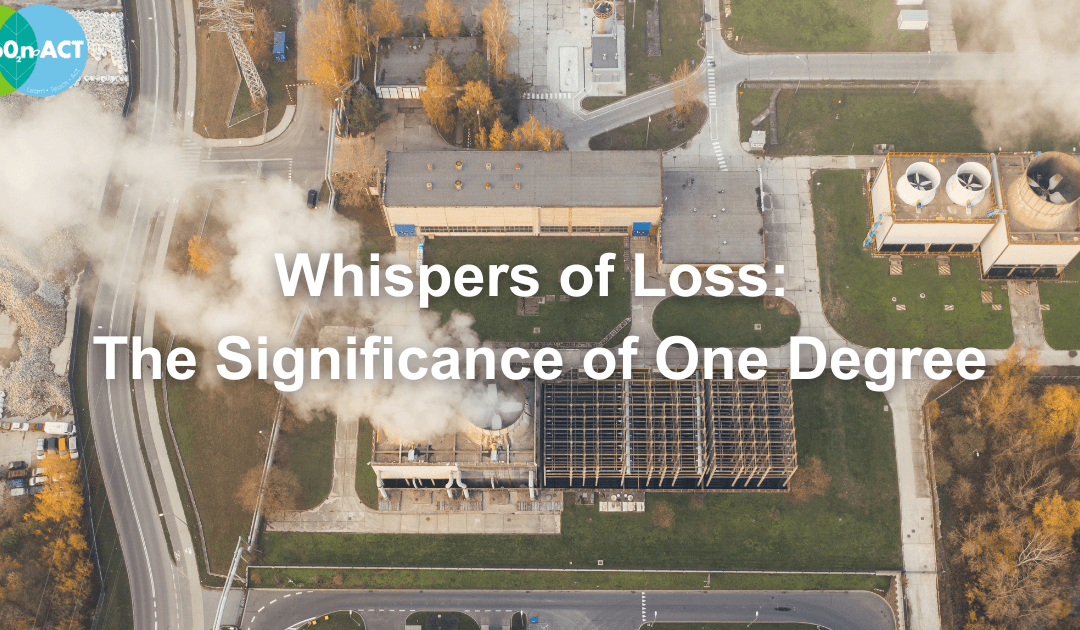
Whispers of Loss: The Significance of One Degree
A learning scenario where students explore climate change and biodiversity loss using satellite data and simulations, fostering environmental responsibility through hands-on activities and critical discussions.
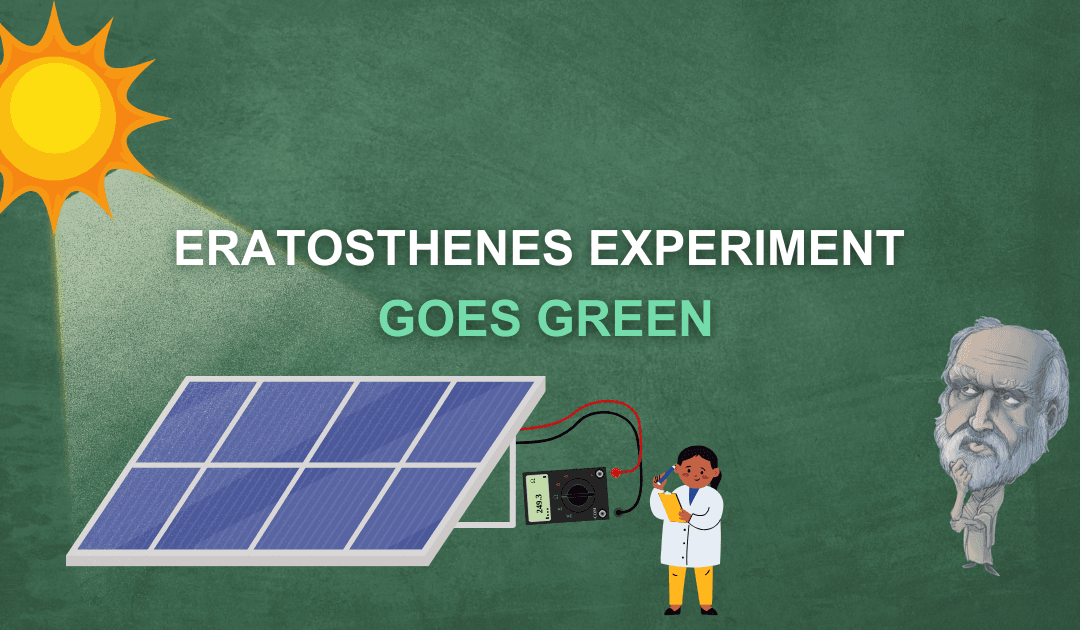
Eratosthenes Goes Green
A hands-on activity where students use solar panels to replicate Eratosthenes’ method of measuring the Earth’s circumference while exploring solar energy efficiency, geography, and sustainability.

Sea Ice from Space – Investigating Arctic Sea Ice and Its Connection to Climate
This activity explores Arctic sea ice using Earth observation data. Students analyze satellite images to understand sea ice changes over time, linking these patterns to climate change. The resource fosters scientific inquiry and environmental awareness.
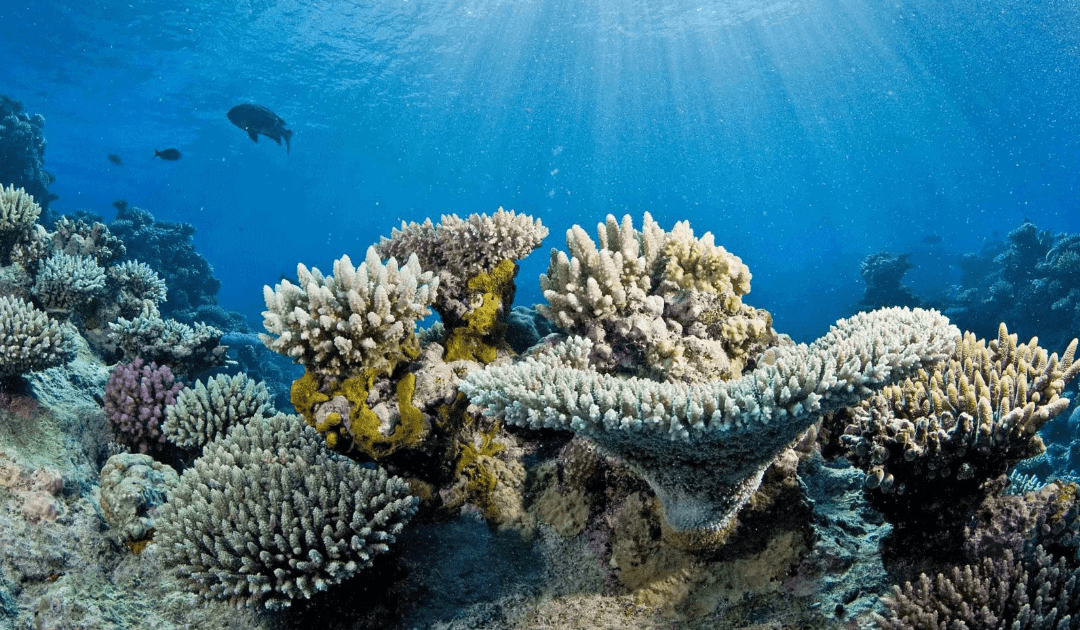
Investigating Coral Bleaching
This resource explores the impact of rising ocean temperatures on coral reefs using real data of the National Oceanic and Atmospheric Administration (NOAA). Students analyze temperature trends, coral bleaching, and heat stress while considering reefs’ ecological and human significance. With five progressive levels, it fosters data interpretation, critical thinking, and independent investigation.

Frankenstein: Penetrating the Secrets of Nature
This resource explores Frankenstein through the lens of medical and scientific history, examining how advancements in medicine have shaped ethical debates on life, death, and human identity. Using readings, visual resources, and discussions, it connects Mary Shelley’s novel to contemporary biomedical issues, encouraging critical engagement with science and society.
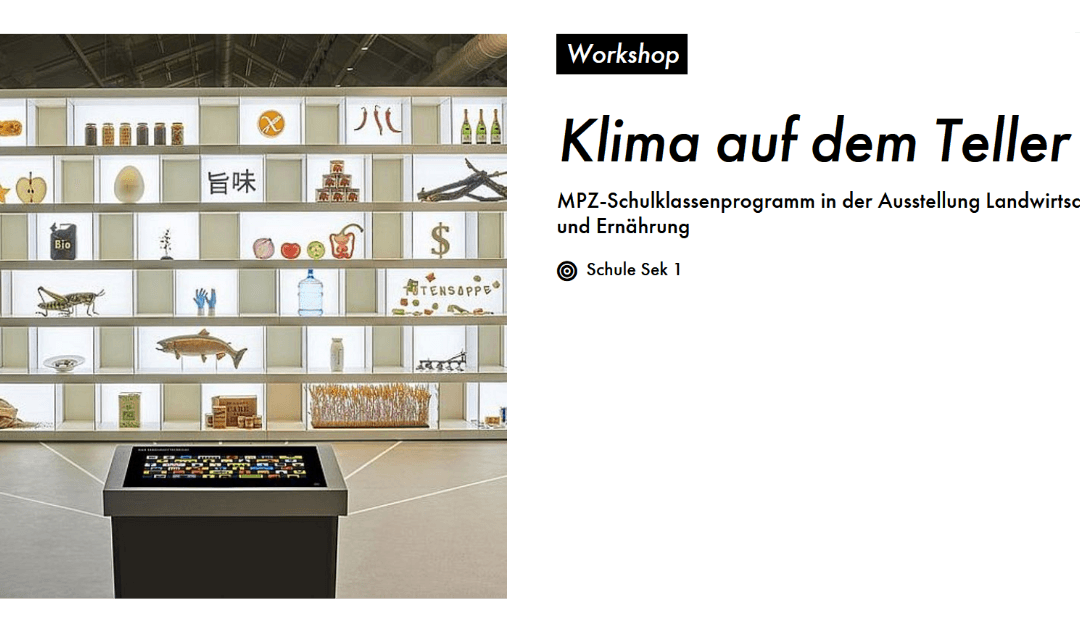
Museum-based Workshop: Climate on your plate
This interactive workshop at the Deutsches Museum (Munich) explores the impact of our diet on health, the environment, and global communities. Using a digital pinboard, students learn about sustainable eating and informed consumer choices. As a best practice example, that can be adapted to local contexts.
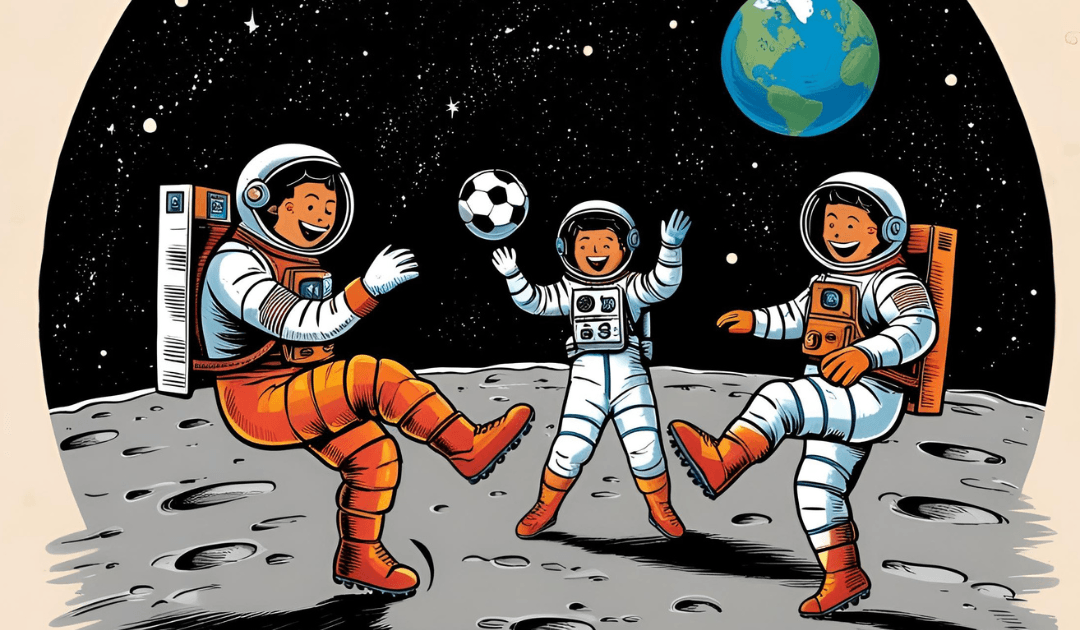
Astronomy and Football
This resource engages students in understanding planetary distances and scaling by using a football field as a model for the Solar System. Through hands-on calculations and visual representation, students explore astronomy, STEM concepts, and scientific modeling in an interactive and engaging way.

Zero Waste School
This resource engages students in analyzing and reducing waste in their school environment. Through hands-on research and local collaborations, they explore sustainability concepts, circular economy principles, and practical waste management solutions.
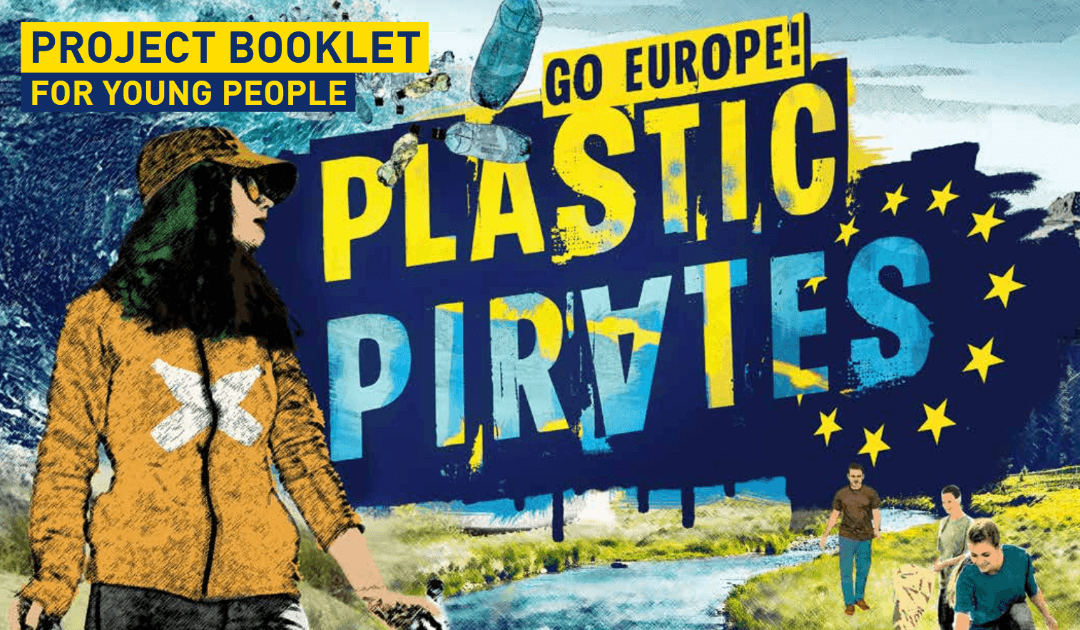
Plastic Pirates – Go Europe!
Plastic Pirates – Go Europe! is a European citizen science project in which school classes collect plastic samples at streams and rivers and document their results. The collected data is then analysed by scientists. In this way, young European citizens make an important contribution to research on the state of European rivers.
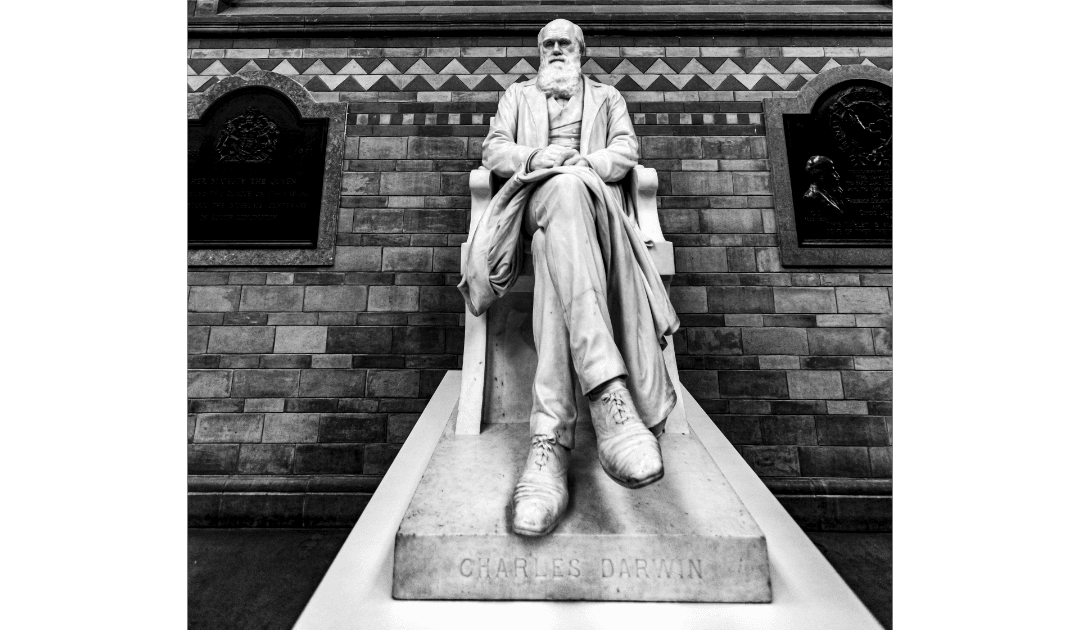
Evolution in the animal and plant kingdom
This workshop serves as a best practice model for engaging educators and students in the scientific principles of evolution while addressing common misconceptions. It integrates multidisciplinary perspectives, critical discussions, and hands-on learning, making it adaptable to local contexts by using regional examples, engaging educators, and addressing relevant evolutionary and genetic concepts.
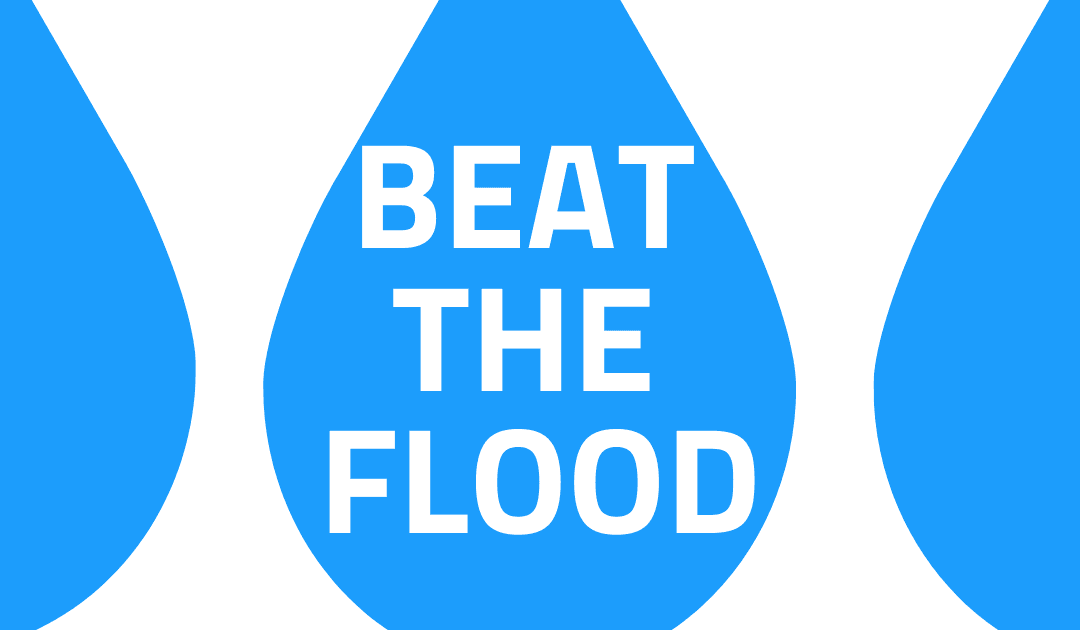
Beat the Flood
This hands-on STEM project challenges students to design and build model flood-resistant homes while exploring the science behind climate change, sustainable engineering, and disaster resilience. Through teamwork and problem-solving, students develop critical thinking and creativity in addressing real-world environmental challenges.
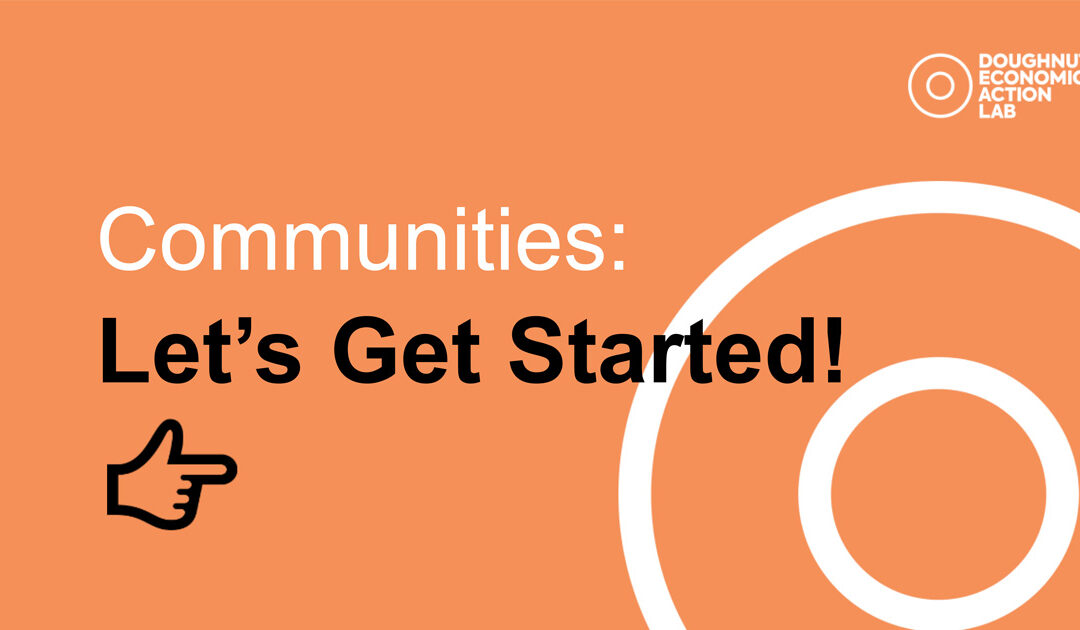
Biomimicry Design Challenge
The Biomimicry Design Challenge is an engaging STEM activity that introduces students to biomimicry and sustainability. It encourages students to observe nature and apply biological adaptations to solve real-world environmental challenges.
Build and Test a Sun-Tracking Solar Panel
How can you get as much power as possible out of a solar panel, even in the morning or evening when the sun is low in the sky? With a solar tracker system! While many solar panels are fixed in place on rooftops or large ground-mounted poles, a solar tracker system is motorized and lets the solar panels track the sun through the sky during the day. Are these systems worth the added complexity? How much more power do they produce? Try this project and find out!
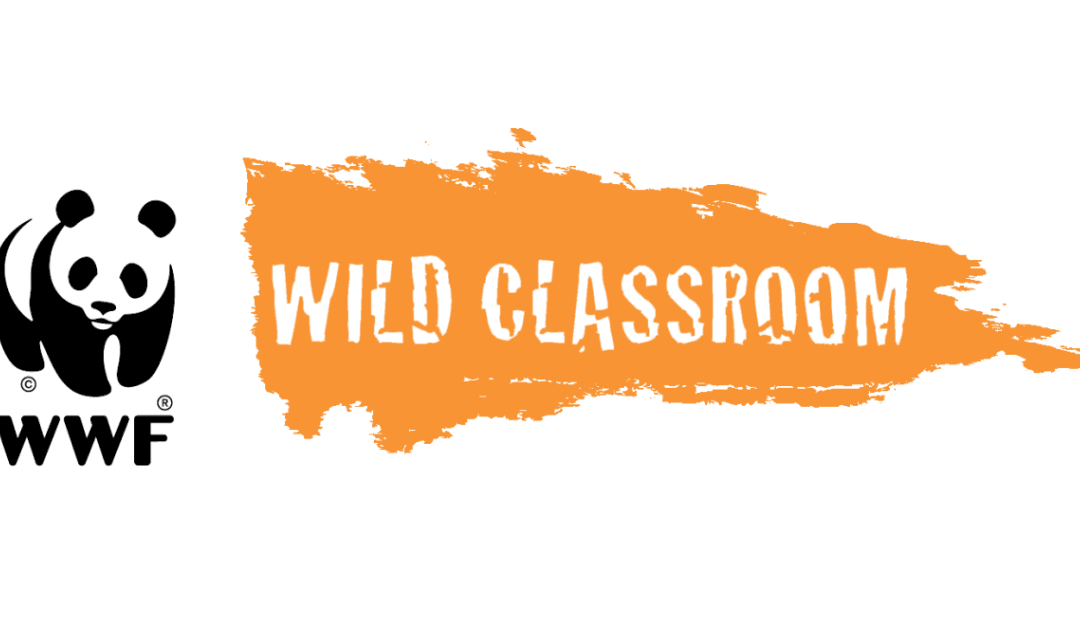
Climate Change and Biodiversity
This resource provides a hands-on learning activity for students to analyse and interpret data on climate change and biodiversity. Through species vulnerability assessments, students explore the impacts of climate change on wildlife, adaptation strategies, and conservation efforts, aligning with scientific literacy and sustainability citizenship goals.

Upcycling Paper Products into Plantable Seed Paper
This activity guides students in creating eco-friendly, plantable seed paper from recycled materials. By embedding seeds into handmade paper, students learn about sustainability, recycling, plant biology, and the effects of different fertilizers. The hands-on experiment promotes environmental awareness and creative upcycling in the classroom.
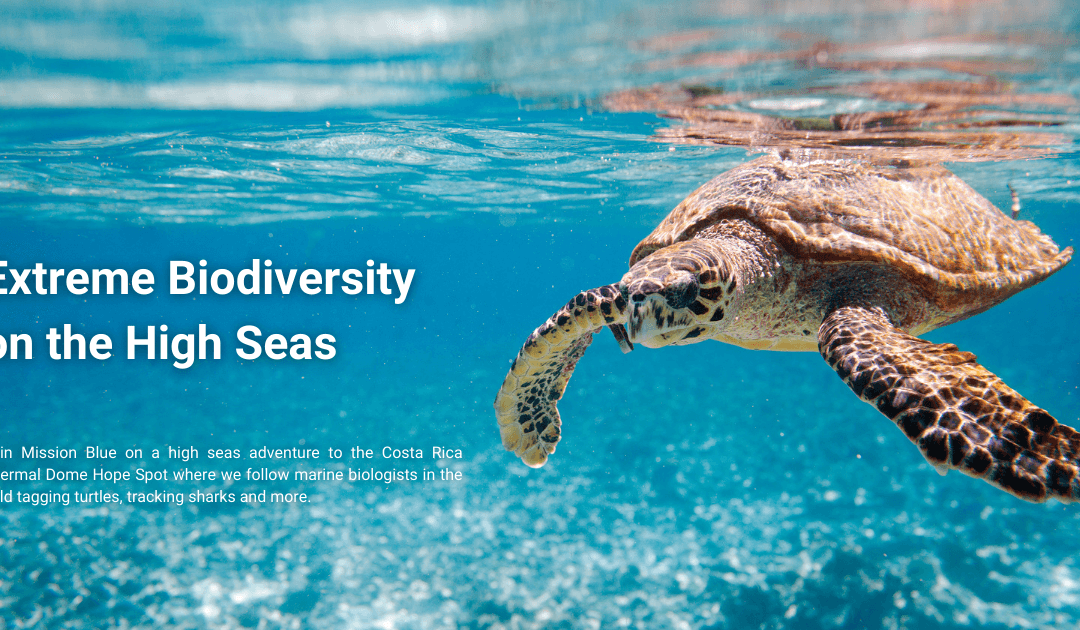
Extreme Biodiversity on the High Seas
This interactive Google Earth tour allows users to explore the impacts of climate change on biodiversity through immersive, real-world scenarios. By navigating various global locations, participants gain insights into environmental changes, species adaptations, and conservation efforts, enhancing understanding of sustainability and ecological interconnections.

Why Care about Water? – National Geographic
National Geographic asked researchers and specialists why they care about water. The answers are simple: water keeps us alive.

HEADstart: Collaborating with Parents
This Headstart provides suggestions for these practical questions: How can we support parents to stimulate their children’s learning? How do we use the expertise of parents to stimulate the learning of our students? How do we have the right conversation with parents?
